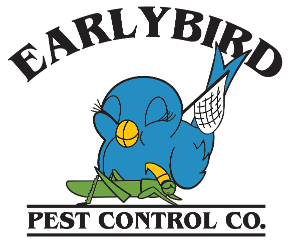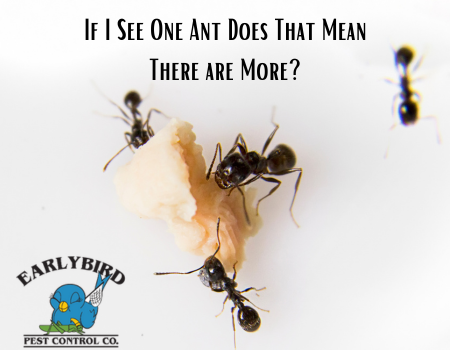It’s a scenario that many of us have experienced: you spot a lone ant scurrying across your kitchen countertop or bathroom floor. Your immediate concern is not just the presence of this one insect but the nagging suspicion that it might be a sign of a much larger, hidden ant infestation. So, does seeing one ant necessarily mean that there are more lurking out of sight? The answer is typically yes, and here’s why.
When You See One Ant
They Are Social Insects:
One of the major attributes of ants is that they are social insects that live in colonies. A typical ant colony is comprised of thousands to hundreds of thousands of individual ants, organized into various castes with specific roles, such as workers, soldiers, and a queen. When you encounter a single ant foraging in your home, it’s often on a mission to find food to bring back to the colony.
Scouts and Foragers:
Ants send out scout ants to search for sources of food and water. These scouts leave a trail of pheromones that other ants can follow to the food source. This means that when you see a lone ant, it’s likely part of a larger scouting and foraging effort by the colony. Once the scout finds food, it will return to the colony and lead more ants to the source, which is when you might start to see a steady stream of ants.
Nesting Sites:
Ants establish their nests in hidden and protected locations, often within the structure of your home or in nearby outdoor areas. These nesting sites serve as the central hub for the colony, where the queen lays eggs, and the rest of the colony lives. When you see a single ant, it’s a sign that the nest is somewhere nearby, and more ants are bound to emerge in search of food.
Seasonal Variations:
Ant activity can also vary seasonally. In warmer months, ants become more active as they forage for food and water. During colder months, they may go dormant or seek shelter inside homes, making them more visible to homeowners.
What to Do When You See One:
- Don’t Ignore It: While one ant doesn’t necessarily indicate a full-blown infestation, it’s essential not to ignore it. Ants are persistent, and if they find a food source, they will continue to return for it.
- Clean Up: When you spot a lone ant, clean the area thoroughly to remove any traces of food or water that might be attracting them. This will help deter other ants from following the scent trail.
- Monitor: Keep an eye on the area for further ant activity. If you notice more ants appearing, it’s a strong sign that you may need to take action to address the infestation.
- Seal Entry Points: Ants can enter your home through even the tiniest cracks and gaps. Seal any entry points to prevent more ants from gaining access to your living space.
- Consult a Professional: If you continue to see ants or if the problem persists, it’s advisable to contact a pest control professional. They can identify the species of ant, locate the nest, and implement an effective ant control strategy.
In conclusion, the presence of a single ant in your home is often an indicator of a larger ant colony nearby. While it may not necessarily mean an infestation, it’s essential to address the issue promptly to prevent it from getting worse. Early intervention and proper pest control measures can help ensure that your home remains ant-free.


Recent Comments